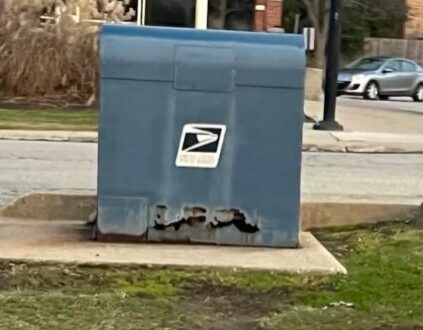Are Financial Institutions Doing Enough to Tackle the Growing Check Fraud Problem?
- Even as digital payments get more popular, checks remain a strong payment channel
- Check fraud is on the rise
- Banks can deploy targeted and effective anti-fraud strategies using customer data and image analytics
While digital alternatives to checks are certainly getting more and more popular, there can be no doubt that checks remain a pervasive mainstream payment channel in the United States.
In a recent article from NICE Actimize, Anurag Mohapatra, Senior Product Manager, Fraud & Authentication, acknowledges that the continued popularity of checks is, unfortunately, accompanied by resurgent and aggressive check fraud.

Between 2019 and 2022, reported instances of check fraud surged by 140%, resulting in a substantial 680,000 Suspicious Activity Reports (SARs) being filed. The persistence of this trend is evidenced by over 360,084 SARs filed for checks in 2023. The NICE Actimize Fraud Insights Report underscores this issue, indicating a 171% increase in attempted dollar amounts for check fraud in 2022.
Check fraud is not limited to a certain type or size of financial institution; it affects all banks.
Fraud executives at some Tier 1 banks NICE Actimize works with noted daily losses from check fraud are significant compared to historical pasts. The losses include deposit fraud, counterfeit checks and altered in-clearing items. While some larger banks are better equipped to combat these challenges, the situation is much worse for smaller credit unions, with an estimated $94 million in losses for 2022.
Mr. Mohaoatra further explains that fraudsters compound the issue by depositing altered checks that are the product of funds drawn from small community banks, then depositing them at some of the largest banks in existence -- who quickly clear the checks, leading to a long, drawn-out process to determine liability and get reimbursement for losses.
A survey by the CBAI revealed a disconcerting pattern among credit unions with assets under $10 billion, as over 60% of community banks encountered obstacles while seeking reimbursement for fraudulent returns, amounting to a collective toll of approximately $65 million.
Key Factors for the Fraud Uptick
As for why fraud seems to be more and more widespread, Mr. Mohaoatra attributes it to three key factors we've explored in this space on previous occasions:
Mail Theft—In 2022, Mail theft incidents surged to 38,500 cases -- but this year we are already surpassing 25,000. As we've pointed out previously, fraudsters are targeting -- assaulting -- mail carriers, and procuring “Arrow Keys” to gain entry into mail receptacles in an entire zip code. These boxes are filled with personal and business checks and documents containing Personally Identifiable Information (PII). The stolen checks are then subject to alteration and deposited into fraudsters accounts for cash out.

Dark Web—The explosive growth and easy accessibility of the dark web marketplace has, according to Mr. Mohaoatra, "fortified fraudsters’ operations, facilitating the exchange of stolen checks and mailbox keys among their extensive networks." Telegram channels are used to recruit "money mules" and provide a platform by which fraudsters can advertise for collaborators.
Identity Theft and Mule Accounts—Stolen mail, online breaches, and illicit online purchases provide the ingredients for false identities that are the basis of "mule/drop" accounts for stolen and counterfeit check deposits. The NICE Actimize Fraud Insights Report reveals that 59% of new accounts exhibit traits making them possible "mule/drop" accounts.
While government agencies have taken notice, the US Postal Police has been slow to react to the increase in mail theft. -- offering modest changes such as updating older mailboxes to with electronic locks instead of antiquated arrow keys.
Curbing the Check Fraud Trend
The question on everyone's mind is simply: Are we doing enough?
Sadly, the answer is no. However, solutions are already available to financial institutions to effectively take a stand against check fraud. As we noted in a previous blog, a multi-step technology strategy can mitigate nearly 95% of check fraud losses. There is no "silver bullet" when it comes to tackling check fraud -- but there are solutions available that financial institutions of all sizes can leverage to create a best-in-breed strategy for check fraud, including:
- Transactional/Behavioral Analytics -- monitor the transactional behavior of an account
- Image Forensic AI - analyze the features on the image of checks for counterfeits, forgeries, and alterations
- Dark Web Monitoring -- scan the dark web for images of checks and account information being sold
- Consortium Data -- leverage past transactions, and soon check images, to detect check fraud
Through the utilization of APIs, financial institutions can funnel all the risk scores from these technologies into their fraud review platform as a central source for their fraud analysts. The technology is readily available -- and it's time for financial institutions to invest and keep up with the fraudsters.
